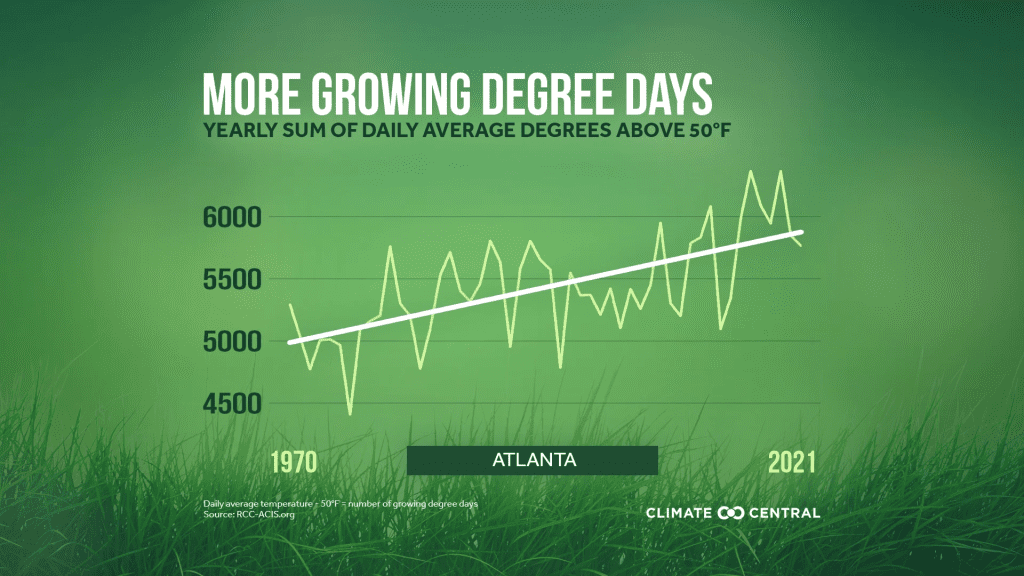Weather and climate play foundational roles in determining the success of agricultural systems. While often used interchangeably, these terms refer to different aspects of the atmosphere. Weather is the physical condition of the atmosphere at a specific time and place—think rain, temperature, and wind. Climate, on the other hand, refers to the long-term pattern of weather conditions in a given region, including seasonal averages of temperature, humidity, precipitation, and light intensity.
In agriculture, understanding both is critical. For instance, macro-climate refers to the broader climate of large regions and is often monitored by meteorological stations. In contrast, micro-climate deals with the weather immediately around plant canopies or root zones, and it can influence crop growth even within a small field. Agro-meteorology, a specialized branch of meteorology, connects these environmental factors to how crops grow and respond over time.
One of the primary factors shaping plant development is solar radiation. It serves two roles: providing the light necessary for photosynthesis and the heat energy required to drive metabolic functions. Instruments like pyranometers measure solar radiation, and its intensity, quality, and duration can dictate how well a plant develops. Different plants also respond to photoperiod—the length of daylight exposure. Some, like rice and soybean, require shorter days to flower, while others, like wheat and barley, thrive with longer days. There are also day-neutral crops like cotton and sunflower that aren’t sensitive to daylight duration.

Solar radiation further influences photosynthetic rates, with higher light generally boosting plant growth. However, not all light wavelengths are equally beneficial. Red, orange, and blue rays are especially important in photosynthesis and plant development. Additionally, radiation affects seed dormancy and germination, with some seeds needing light (positively photoblastic) and others requiring darkness (negatively photoblastic) to germinate.
Temperature is another crucial element. It affects everything from enzyme stability and nutrient solubility to gas exchange and cell activity. Each plant has what’s called a cardinal temperature range, comprising the minimum, optimum, and maximum temperatures for proper growth. For example, wheat grows best at 25°C but may stop growing beyond 32°C. Tropical crops like rice and maize have higher optimum and maximum temperature thresholds, while cool-season crops like lentils thrive in lower ranges.
Photosynthesis, respiration, transpiration, and even the activity of plant hormones all fluctuate with temperature. For instance, a 10°C rise within an ideal range can double the respiration rate. However, excessively high temperatures can denature enzymes and reduce productivity. Low temperatures, especially below freezing, can injure plant tissues or even cause death in sensitive species. Cold also reduces chlorophyll, leading to yellowing leaves and slower growth.
To better manage temperature-related growth, farmers often rely on the concept of Growing Degree Days (GDD). GDD measures the accumulation of heat units over time to predict crop development stages. By tracking daily minimum and maximum temperatures relative to a crop’s base temperature, GDD helps determine optimal planting times, forecast harvest windows, and evaluate regional suitability for different crops.

Then comes precipitation, the most direct source of water for crops. Understanding the amount, frequency, and intensity of rainfall allows farmers to plan irrigation, select crops, and schedule operations like sowing and harvesting. For example, short and regular rain is usually more beneficial than intense and erratic showers, which may cause runoff or soil erosion.
Agricultural land is also classified based on average annual rainfall:
- Arid regions receive less than 250 mm/year and need irrigation for any meaningful crop production.
- Semi-arid areas (250–500 mm/year) require water conservation practices or supplemental irrigation.
- Semi-humid zones (750–1000 mm/year) can support diversified cropping.
- Humid regions, with over 1000 mm/year, are ideal for water-loving crops like rice and jute.
In conclusion, weather and climate are not just abstract concepts; they are tangible forces that determine what can grow, when it grows, and how well it performs. By understanding key agro-meteorological principles, students, farmers, and agricultural professionals can make smarter, climate-adapted decisions that boost both productivity and sustainability.
Want to dive deeper into agro-meteorology, research writing, or thesis preparation?
Join our full Dissertation Writing Series at Pedigogy.com — tailored especially for Nepali agriculture and veterinary students preparing for thesis, Master’s entrance, or PSC exams. You can also Enroll in the following course for full preparation: https://pedigogy.com/courses/learn-principles-of-agronomy-with-rahul/


